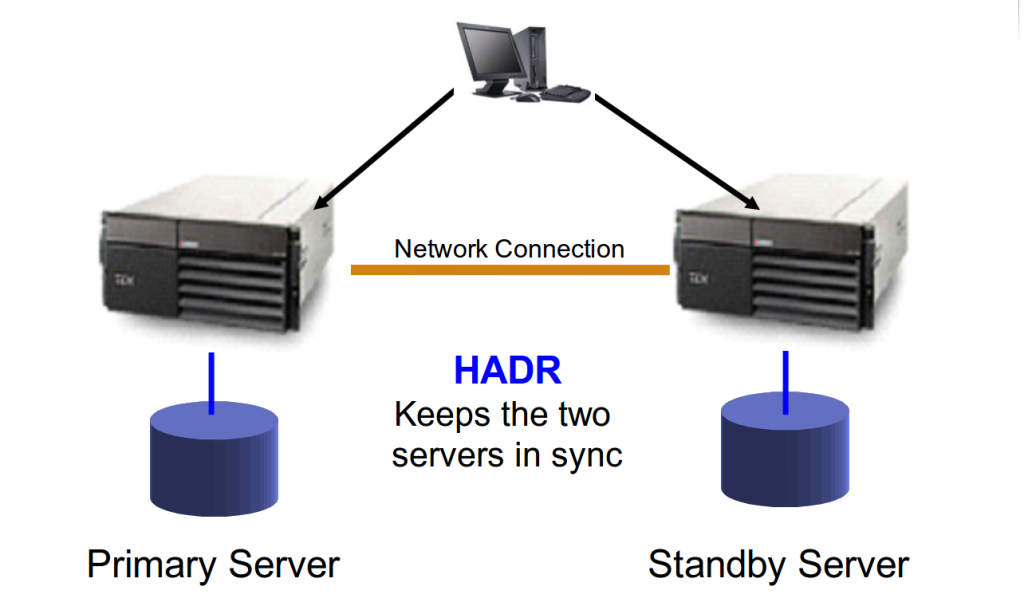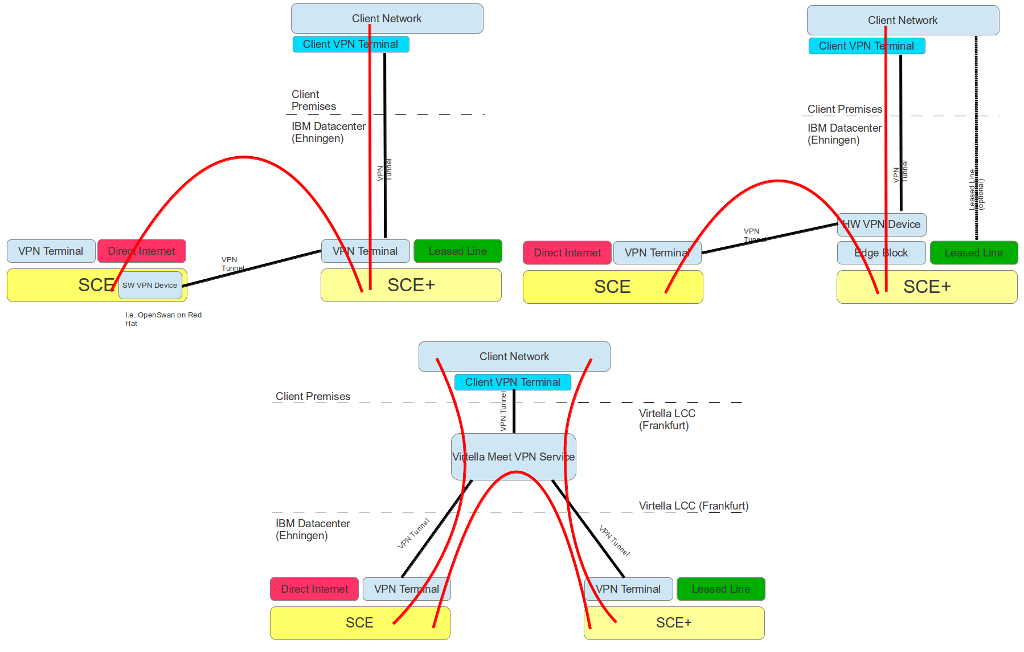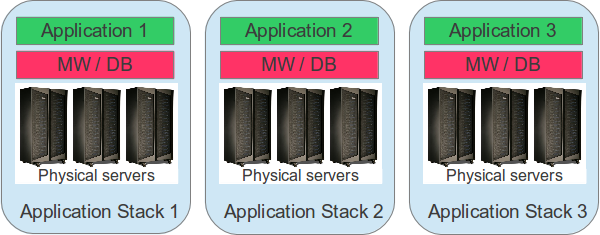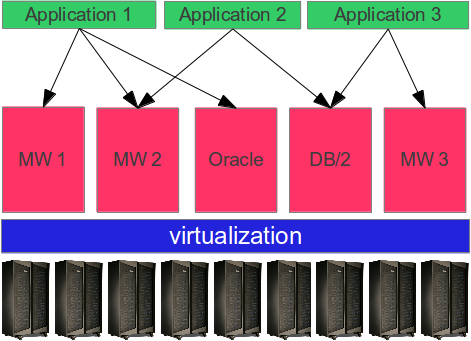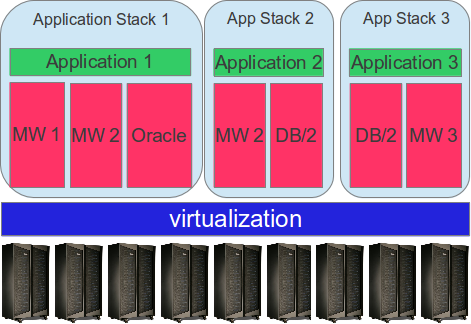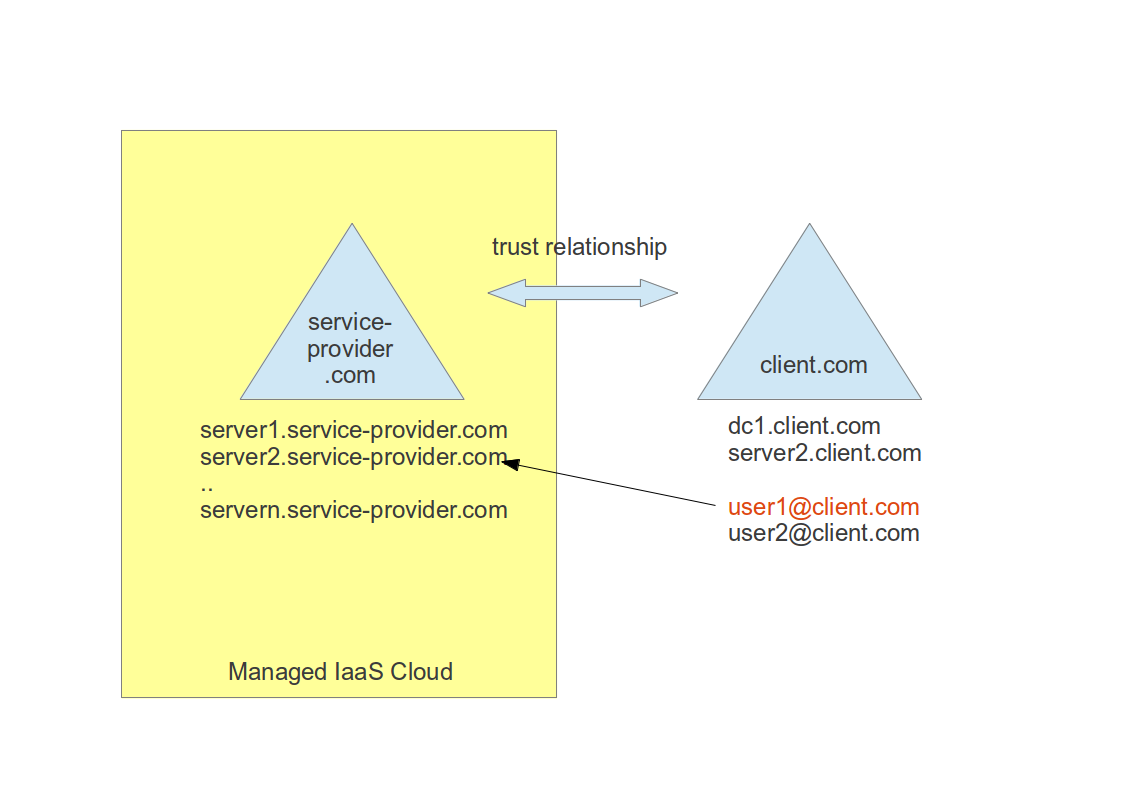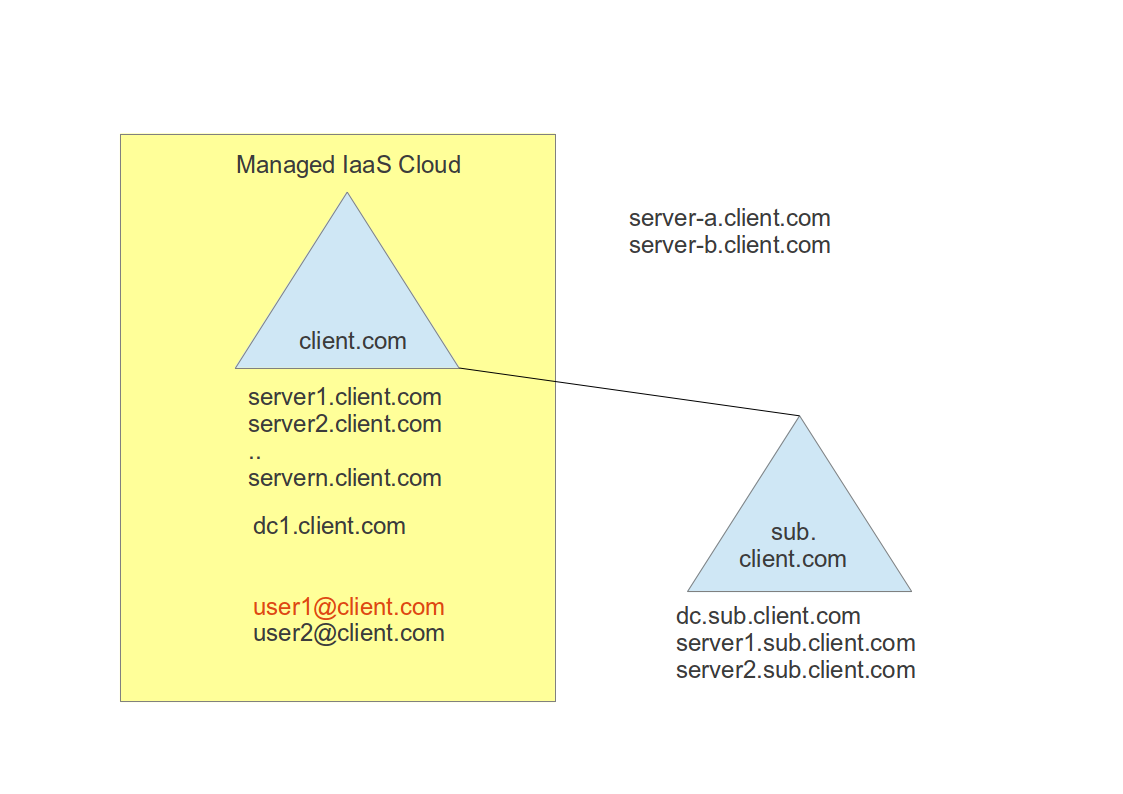After some weeks of negotiating with possible buyers, Blackberry (formally known as Research in Motion, RIM) decided that they won’t be for sale and stopped all acquisition talks. However, the various press articles about possible buying candidates, made me think about what it would mean for both companies if IBM would acquire Blackberry.
To my surprise, it would actually match very well.
Why this would be good for Blackberry:
Blackberry’s revenue is declining over the past years. Even the release of the new Blackberry OS 10 did not bring the expected turn around. Therefore, Blackberry was looking for a partner who would not only secure their future existence but also also add new distribution channels and opportunities for their assets.
IBM would provide these new distribution channels when bundling Blackberry hardware and services with IBM professional services on an enterprise level.
Why this would make sense for IBM:
One keypoint of IBM’s overall strategy is Mobile together with Cloud, Big Data / Analytics and Social Media. The Blackberry products – especially Blackberry OS 10 – could be an ideal platform for IBM’s Mobile First initative. Although Blackberry is not very popular in the consumer space and faces almost eroding market share there, it still maintains a rather strong share in the enterprise arena. And this does have a reason: Blackberry meets more enterprise requirements than any other mobile platform does.
Manageability and Control – it was always a core concept of Blackberry to enable an enterprise to keep control over its devices from a central management point.
Security – Blackberry can be considered the only truly secure mobile platform. iOS and Windows Phone are proprietary solutions where any enterprise depends on the vendor company, and open Android has frequent security voluntaries, Blackberry still maintains strong market creditability for its security concept and policies.
Container based concept to separate critical business data from private data.
Summary:
Buying Blackberry would give IBM a strong enterprise oriented mobile platform and would make IBM independent from other mobile vendors strategies and limitations. A solid solution with Blackberry technology and IBM software, services and distribution channels would certainly be a strong player and hard to beat. Unfortunately that is all not very likely to happen soon 🙂
